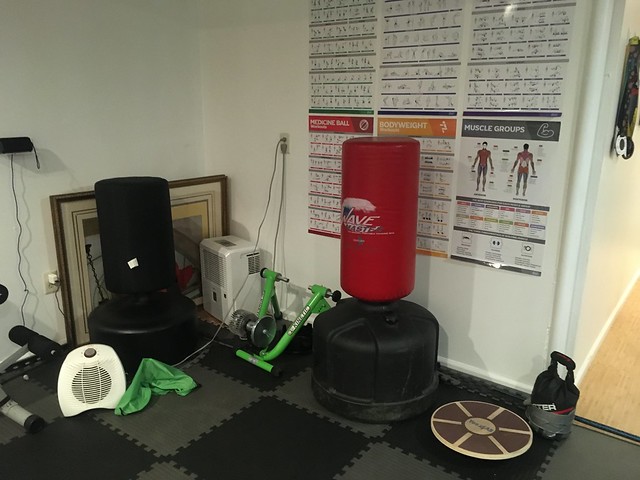Live artistic performances is something that has been impacted by the COVID-19 pandemic. We have somewhat filled in that gap in our lives by watching performances by the Pittsburgh Ballet, the Front Row series by the Pittsburgh Symphony, and embracing the online performances by various artists (and paying for them). Because, just like we do with restaurants and other businesses, life just makes much more sense when we take advantage of the experiences that are available instead of dwelling on the experiences that are not. (and not being in the privileged upper 1%, the peak level experiences like being close enough to see the eyes of the performers that are the hardest to replicate with social distancing were not available to us anyway so these virtual performance give a pretty good experience)
The Catastrophist is a one man play by Lauren Gunderson, commissioned and written during the COVID-19 pandemic. And while many writers try to research their works by immersing themselves, Ms Gunderson was not able to claim COVID-19 restrictions as an impediment. She is married to the virologist who is the basis for the play (Ms Gunderson is known for writing plays centered on scientists, but she usually does not have this close access to them).
Dr. Nathen Wolfe is known as a virologist who achieved some notoriety during the 2014 Ebola outbreak which was more widespread than the normal and threatened to spread into the U.S. He is one of the virologists that persuaded then U.S. administration to take this seriously and prepare for its arrival. (I remember being taught procedures we would take in my role as a Red Cross volunteer if it was necessary to support Ebola quarantine by delivering food.)
There are two threads in the play.
First is Dr. Wolfe's development as a scientist. There is an discussion woven throughout with his development as a scientist (Jewish grandma: "Why would you go to Harvard Medical School if you were not going to be a medical doctor?") and a developing conversation on philosophy of science. But the meat is doing virology, especially in his specialty of zoonotic viruses, viruses that jump from animals to people. He talks about doing field work in Camaroon (which was partially under Dr. Donald Burke, of the University of Pittsburgh Graduate School of Public Health) going into the countryside and working with people living there and both teaching best practices and doing research with both the people as well as the animals they hunted. And how this field research led to the discovery in the lab of proof that viruses jumped from animals to people. (and for those who are linking this to COVID-19, this is the same work that the Wuhan virology lab does in the forests of Asia, they can discover a virus in the lab from sample they take, but any virus they discover is already existing in the forests and caves of Asia). Then, after going from field work to lab work, how this naturally grows to the insights that showed that the 2014 Ebola outbreak was different and more of a threat to the world than earlier Ebola outbreaks, and led to the warnings that the rest of the world prepared for it and was ready for it when it arrived outside of Africa. (there is a sidenote here about the accusations that occur whenever anyone actually tries to do anything in the real world saying that the response was botched because of it was not perfect. But after 2020, we know know what a botched response looks like, i.e. what would have happened if his team was not involved)
Another major thread was about risk and mortality. In part the conversation about risk was about philosophy of science, but then it becomes personal. There is an abstract conversation about risk, like he promised his wife that he would not do anything that exceeded a certain value on a risk measure. But then it gets more personal. Like the reality that every male in his family dies in their 40s from a heart condition. So it covers his relationship with his father, and then with his sons. (and that his sons never met their grandfather, who died just before the first was born).
Watching this with family (and after watching Dr. Wolfe's TED talk), we have to remember that theatre requires its actors to exaggerate emotion because voices and body are all they have to communicate, especially in one-man shows where there they cannot use the reactions of the other characters (my wife, who does not like musical theatre, finds this comment amusing). So the play is a caricature of Dr. Wolfe. But is it a very good picture on what it is to be in science, the joys of discovery, and the thrills and hazards of actually doing work that has impact, especially in the politicized world of real life where there are plenty of people who want to blame those who save them. Highly recommended as a way of understanding how viruses and pandemics work (and the subfield of zoonotic diseases, think how hunters interact with the animals they hunt)
The Catastrophist is streaming on demand at the Marin Theatre through the end of February. Note that there is a one day delay from when you order tickets to when you get the link, so plan accordingly. For those with young children, note that theatre requires actors exaggerate their emotions, so there is cursing in anger sprinkled throughout the play.




